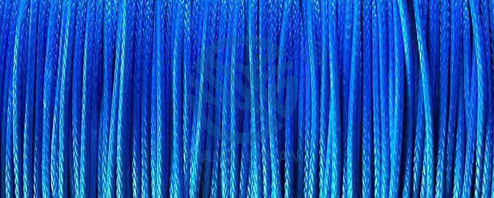
Mooring tails are an essential component of any mooring system, providing the necessary elasticity and flexibility to absorb the forces exerted on a vessel while it is anchored. The size of the mooring tails plays a critical role in ensuring the safety and stability of the vessel, as well as preventing damage to both the vessel and the mooring system.
When determining the best size for your mooring tails, there are several factors to consider. These include the size and weight of the vessel, the environmental conditions of the mooring location, the expected loads on the mooring system, and the type of material used for the mooring tails.
The size and weight of the vessel are key considerations when selecting the appropriate size of mooring tails. Larger and heavier vessels will require thicker and longer mooring tails to ensure that they can effectively absorb the forces exerted on them. It is important to accurately calculate the working load of the mooring system based on the size and weight of the vessel to ensure that the mooring tails can handle the expected loads.
The environmental conditions of the mooring location also play a significant role in determining the size of the mooring tails. Factors such as tidal currents, wind speeds, and wave heights can all impact the forces exerted on the vessel and the mooring system. In harsher conditions, larger and stronger mooring tails may be required to ensure the safety and stability of the vessel.
The expected loads on the mooring system must also be taken into account when selecting the size of the mooring tails. Factors such as the size of the vessel, the mooring configuration, and the specific mooring hardware used will all impact the loads on the mooring tails. It is important to carefully consider these factors in order to choose mooring tails that can handle the expected loads without breaking or stretching beyond their capacity.
The type of material used for the mooring tails is another important factor to consider when determining the best size. Mooring tails are typically made from materials such as nylon, polyester, or polypropylene, each of which has its own strengths and limitations. Nylon is known for its elasticity and ability to absorb shock loads, making it a popular choice for mooring tails. Polyester is another common choice, known for its strength and resistance to abrasion. Polypropylene is the most affordable option, but may not be as durable as nylon or polyester.
In conclusion, determining the best size for your mooring tails requires careful consideration of the size and weight of the vessel, the environmental conditions of the mooring location, the expected loads on the mooring system, and the type of material used for the mooring tails. By taking these factors into account, you can ensure that your mooring system is safe, stable, and able to effectively protect your vessel.


 +86-514-88253368
+86-514-88253368






